| “He was playing this song
called ‘The Chicken Reel,’ and all these chickens
started hanging around him. I originally wanted to
back his limousine from out in front of his cabin,
but it wouldn’t start, and there were two bales of
hay in the back,” Marty Stuart, laughing, on his
1995 shot of bluegrass legend Bill Monroe. “He was playing this song called ‘The Chicken Reel,’ and all these chickens started hanging around him. I originally wanted to back his limousine from out in front of his cabin, but it wouldn’t start, and there were two bales of hay in the back,” Marty Stuart, laughing, on his 1995 shot of bluegrass legend Bill Monroe. 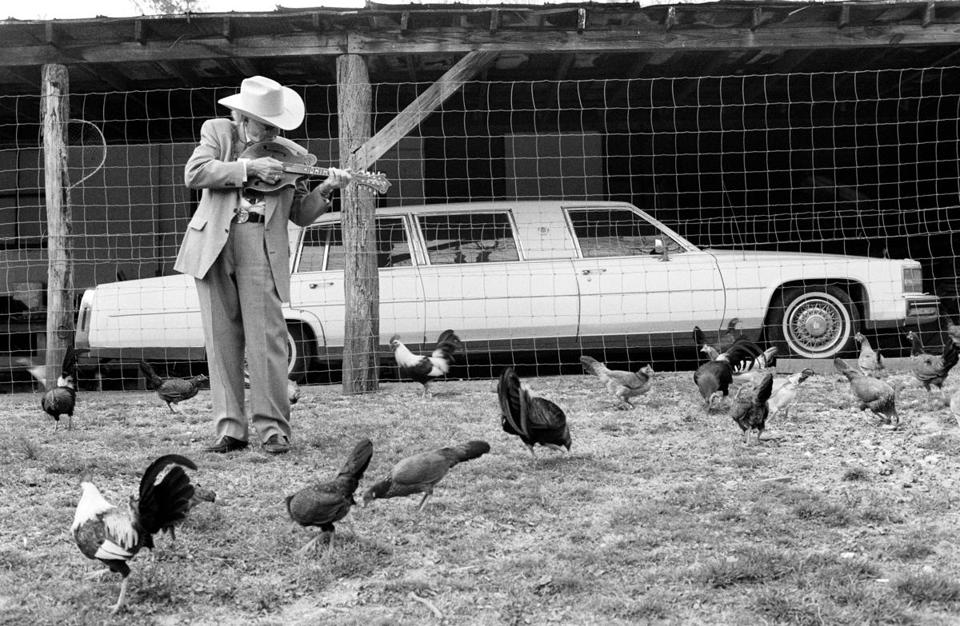 The acclaimed singer-songwriter-instrumentalist-TV-host has become an unofficial caretaker of the history of country music. That last role came to him somewhat accidentally. Bluegrass legend Lester Flatt discovered then 13-year-old Stuart in his hometown of Philadelphia, Mississippi. Stuart hit the road and just kept going. His path led to a wildly varied career, which saw him serving for years in Johnny Cash’s band and working with a host of other country-music notables. That led to his solo accomplishments, including five Grammy Awards, hits like “Little Things” and “This One’s Gonna Hurt You,” hosting the popular “The Marty Stuart Show” on RFD-TV in Nashville, and a marriage to his wife and fellow Grand Ole Opry member Connie Smith. Stuart recorded it all. “Whenever I saw these characters, it was history in motion — and nobody had a camera, usually,” says Stuart, gesturing at his photos on display here at the Frist Center for the Visual Arts. The Frist has collected some of the photographs in a new book, American Ballads: The Photographs of Marty Stuart. The free exhibit runs until November 2. “The larger narrative here is this: There was a time that photography wasn’t considered to be a part of the fine arts,” says Stuart, 55, clad in his signature ascot and running a hand through his ruffled salt-and-pepper mane. “And there was a time when country music was nowhere to be found within the realm of the fine arts. And that, to me, is the personal success of this exhibit. That’s been our mission for the past decade. I forgot about chasing charts or being in the popularity parade. It was about getting our culture weighed in to these kind of places, and having it recognized, and furthering it. It feels so good to walk into a house of this caliber and see this.” The book and exhibit are split into three segments: Masters, capturing the backstage of country music history; Blue Line Hotshots, encompassing photos of singular characters he’s met on the road; and Badlands, taken at a Native American reservation in South Dakota. Stuart, who will release a double album, Saturday Night & Sunday Morning, on September 30, promises that he’s in the process of formalizing some kind of exhibit for the huge collection of country music artifacts, memorabilia, and ephemera that he has been stockpiling over the years. Until then, he’s a diligent keeper of the flame through his music and photos. Although he has no training, Stuart says he received invaluable advice from Grand Ole Opry lensman Les Leverett. “He said, ‘The secret to being a great photographer is, don’t show ’em the bad ones,’” says Stuart with a laugh. “You learn as you go. I spent a lot of money trying to figure out how to shoot things. But the truth is, these kind of characters, these old architects [of country music], if you get it in focus, you pretty well have it — it’s kind of like shooting Mount Rushmore.” Stuart was gracious enough to walk us through the exhibit and share comments on a few of the photos. WILLIE AND WAYLON, 1985 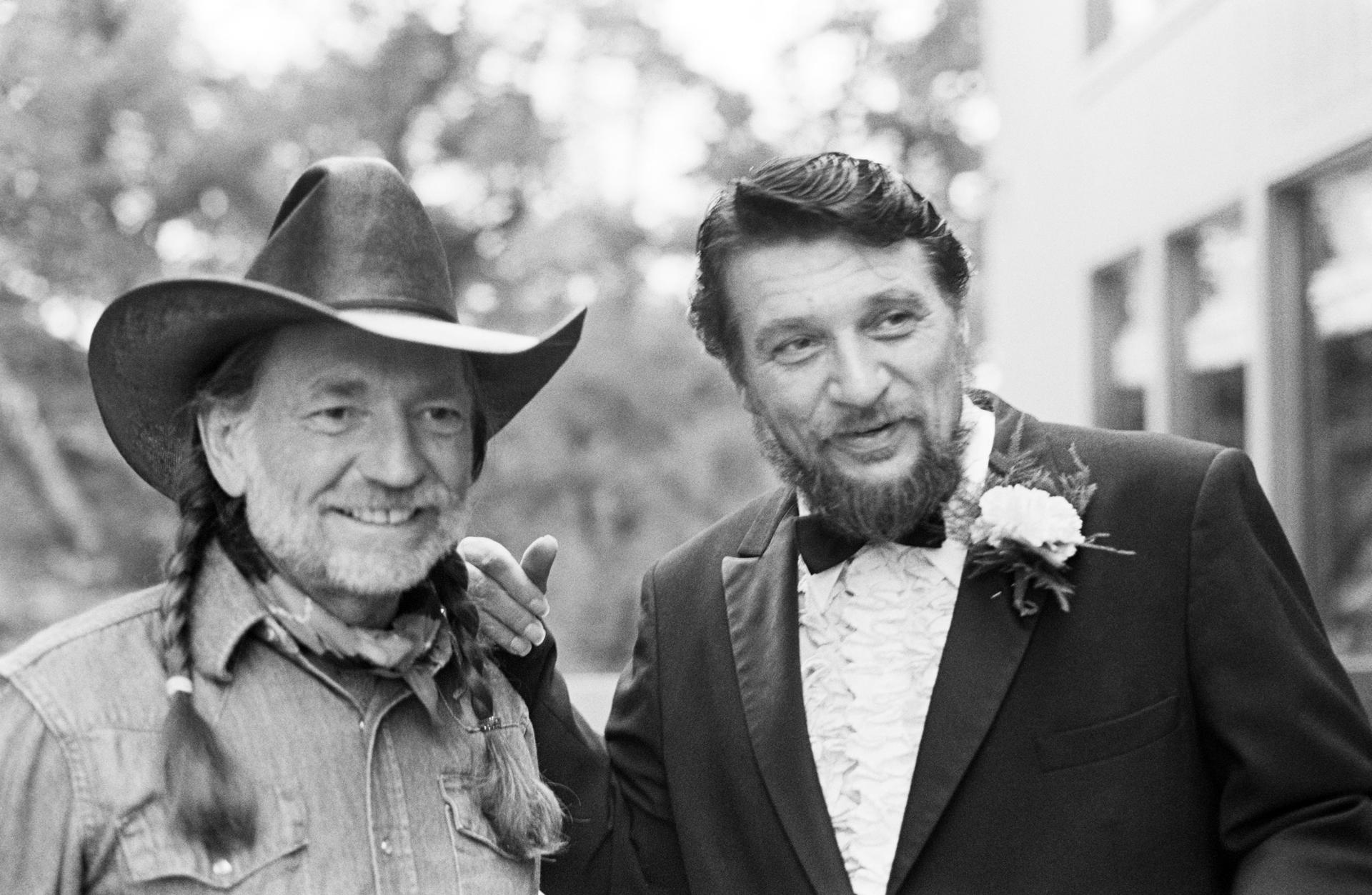 “This was Waylon’s sobriety party. He quit cocaine and [his wife, singer] Jessi [Colter] threw Waylon a sobriety party, so we all got drunk. It was a theme party, and everybody brought a gift to Waylon to encourage him. What was cool about this, and I missed this picture, at the end of the night Willie cut his pigtails off and gave them to Waylon.” CONNIE SMITH, 1997 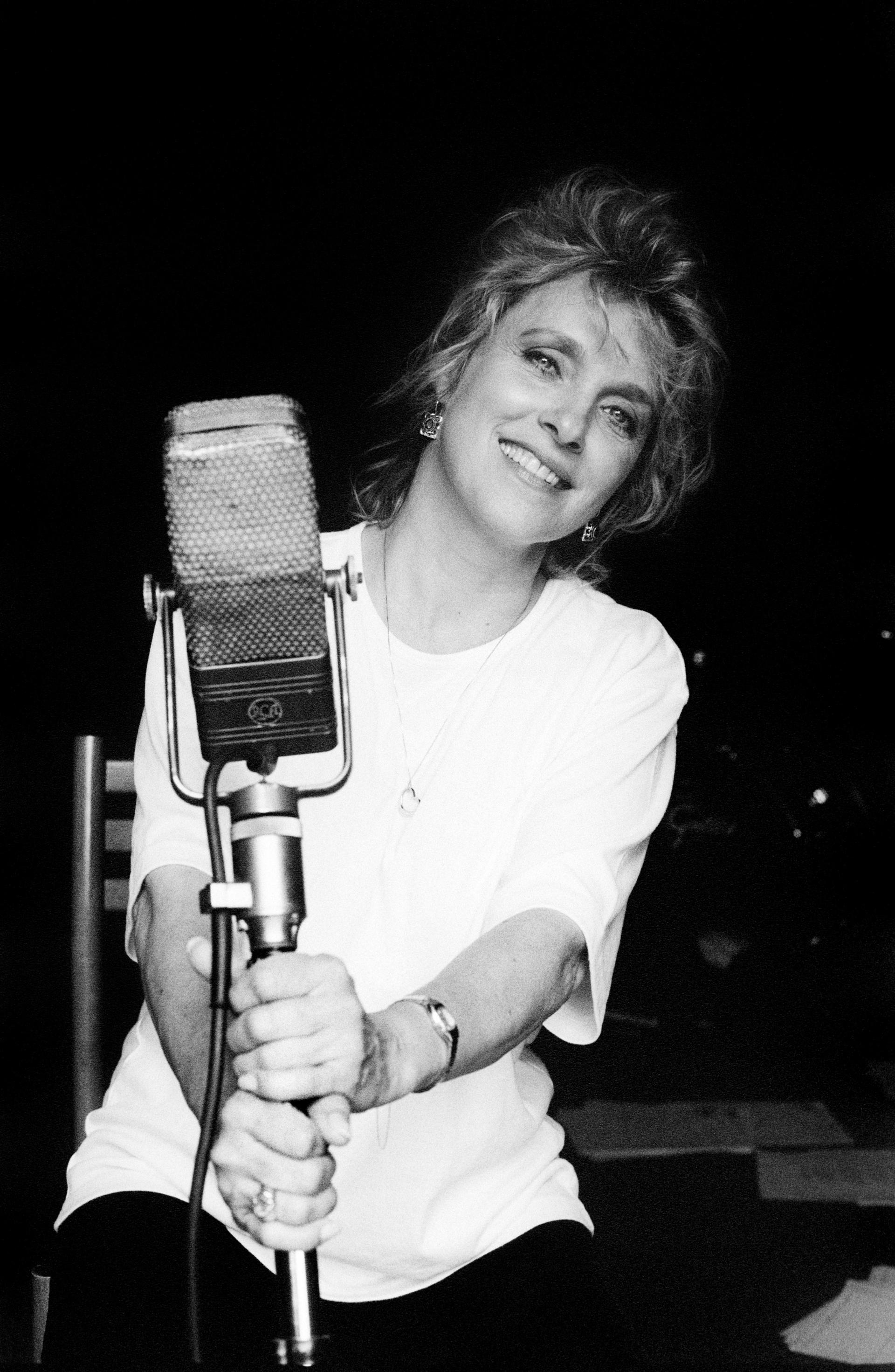 “This was just one of those moments, the light looked pretty and so did she,” says Stuart of his wife of 17 years. “Here’s what’s crazy: The first two records I ever owned were a Johnny Cash record and a Lester Flatt and Earl Scruggs record. The only two jobs I’ve ever had was with Lester Flatt and Johnny Cash. And Connie came to my hometown when I was 12, and I told my momma that night, ‘I’m gonna marry her.’ And those three things that were the foundational pieces of my life, they came to me, I didn’t even have to leave town.” STEVE EARLE, TALKING BLUES, 1995 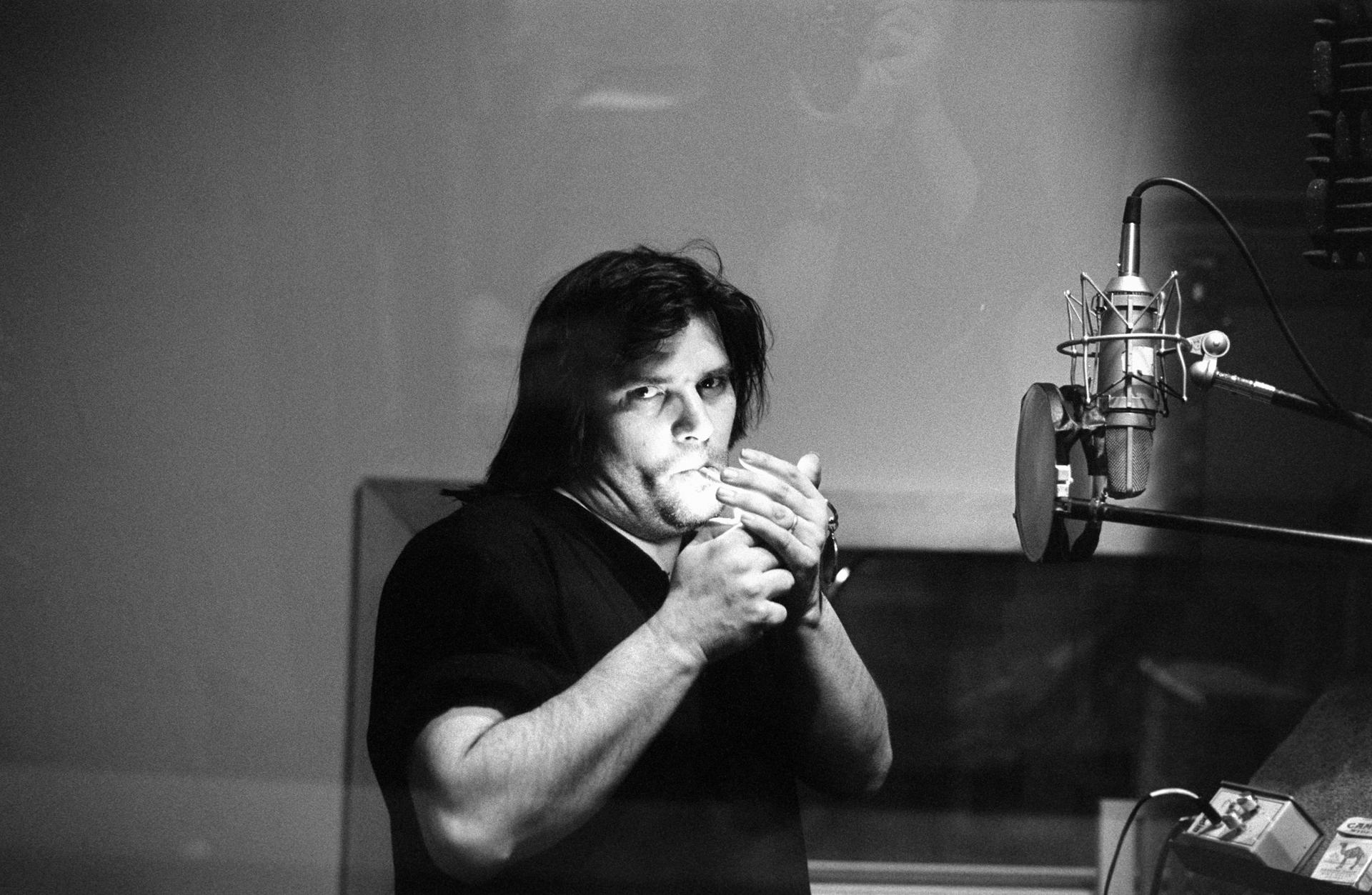 “I love Steve,” says Stuart of the acclaimed singer-songwriter, who has famously battled with demons. “Steve had just got out of jail and people weren’t exactly responding to him, but I said, ‘Come over here, let’s go to work.’ And that was five minutes into his new life. I’m so proud of Steve.” THE KING OF BROKEN HEARTS, GEORGE JONES, 1997 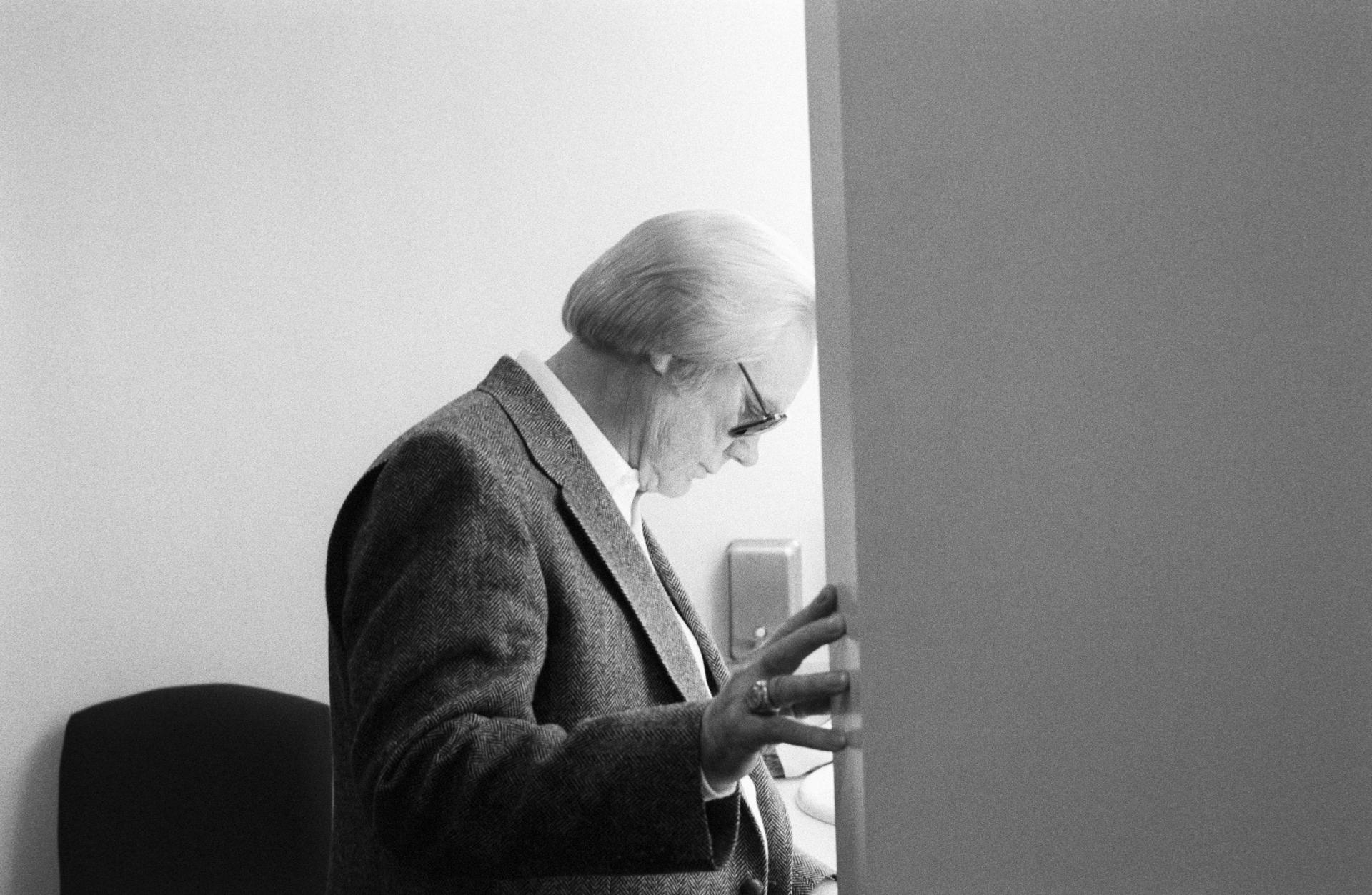 “I think if I had been a stranger, that might have been a no-no,” says Stuart of this intimate backstage snap. “But I was family. I came upstairs at the Ryman [Auditorium] and I just saw him there all by himself, and I told him, ‘Be really quiet,’ and that’s the only frame I took. He’s just looking over his show for the night.” JOHN R. CASH, LAST PORTRAIT SEPTEMBER 8, 2003 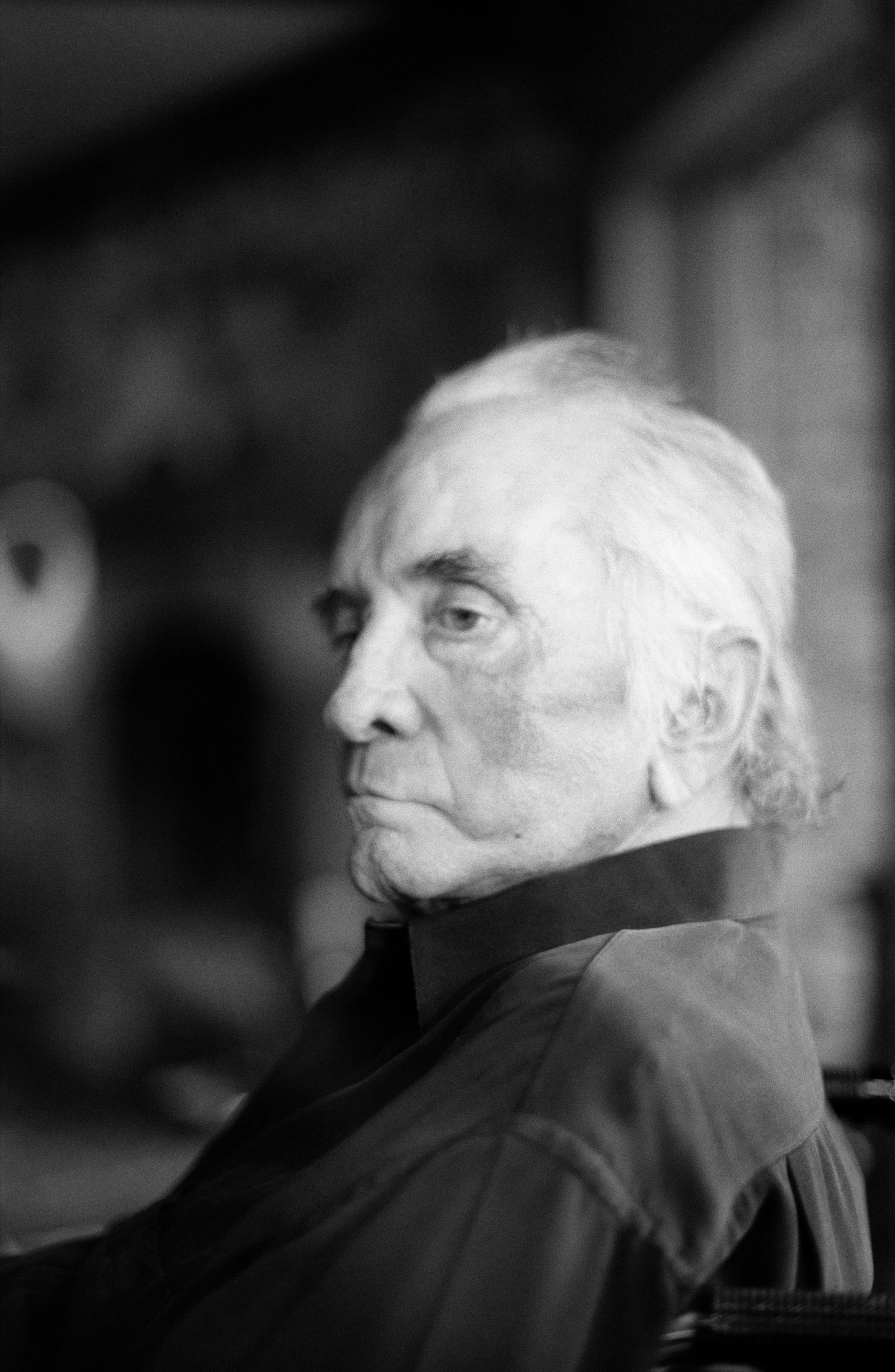 “That was the last photograph ever made of him. He died four days later,” says Stuart, wistfully recalling that Cash helped him write a song this day. “He looks like an old president. If you could have seen the other two frames, he looked like a little old man. And then I said, ‘JR!’ And that’s all I had to say, and he pulled that collar up and reared up and [mimics the sound of shutter clicking] and thank you very much.” J.R. CASH, SNORKLE THE PIG, AND THEODORE THE TURKEY, 1982 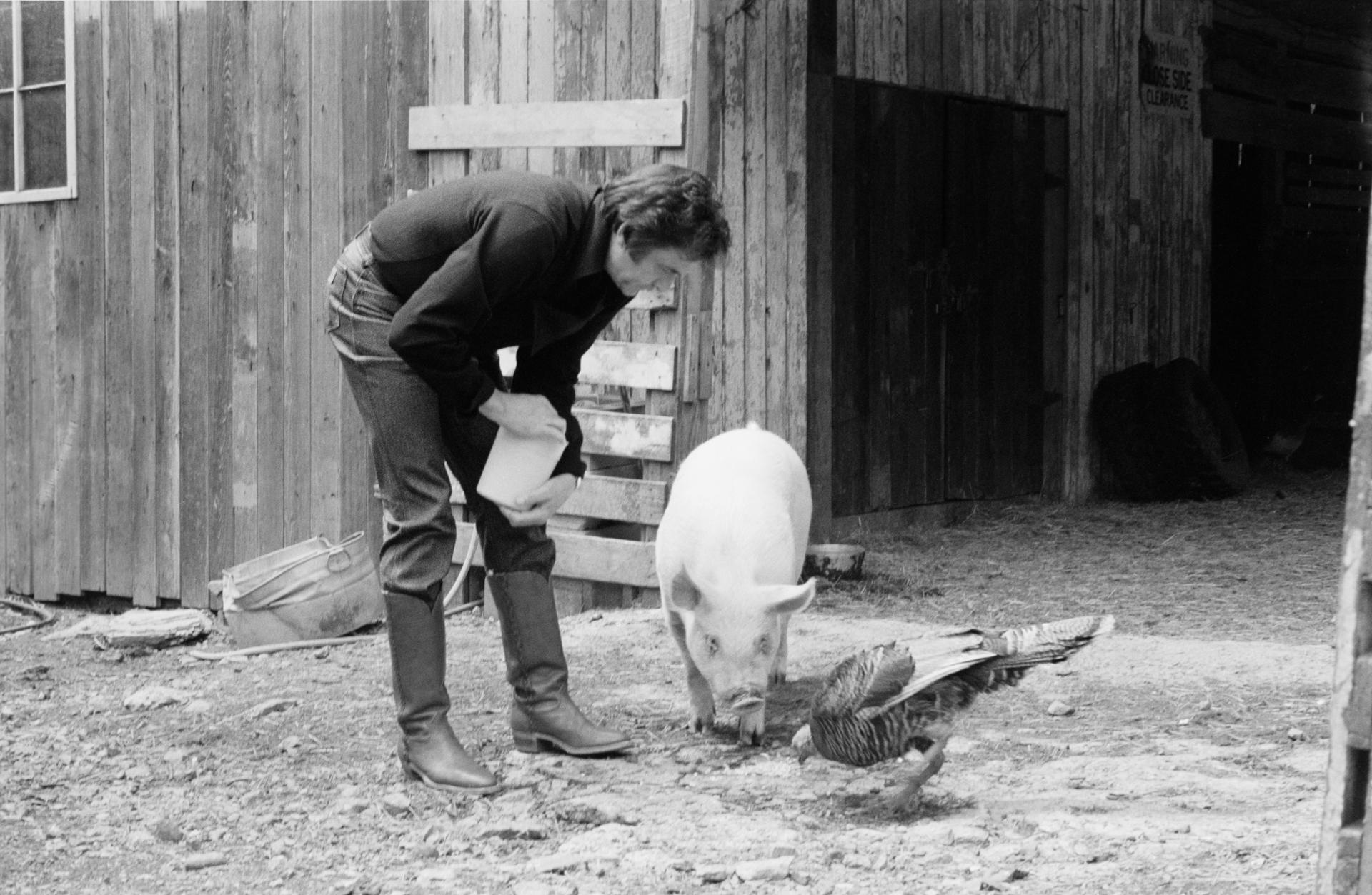 “That’s the real boy. That’s the Arkansas boy,” says Stuart of Cash. “I was in his band then and this was a barn on his property. He loved raising farm animals.” GEORGE JONES, DOLLY PARTON, AND EMMYLOU HARRIS, 1994 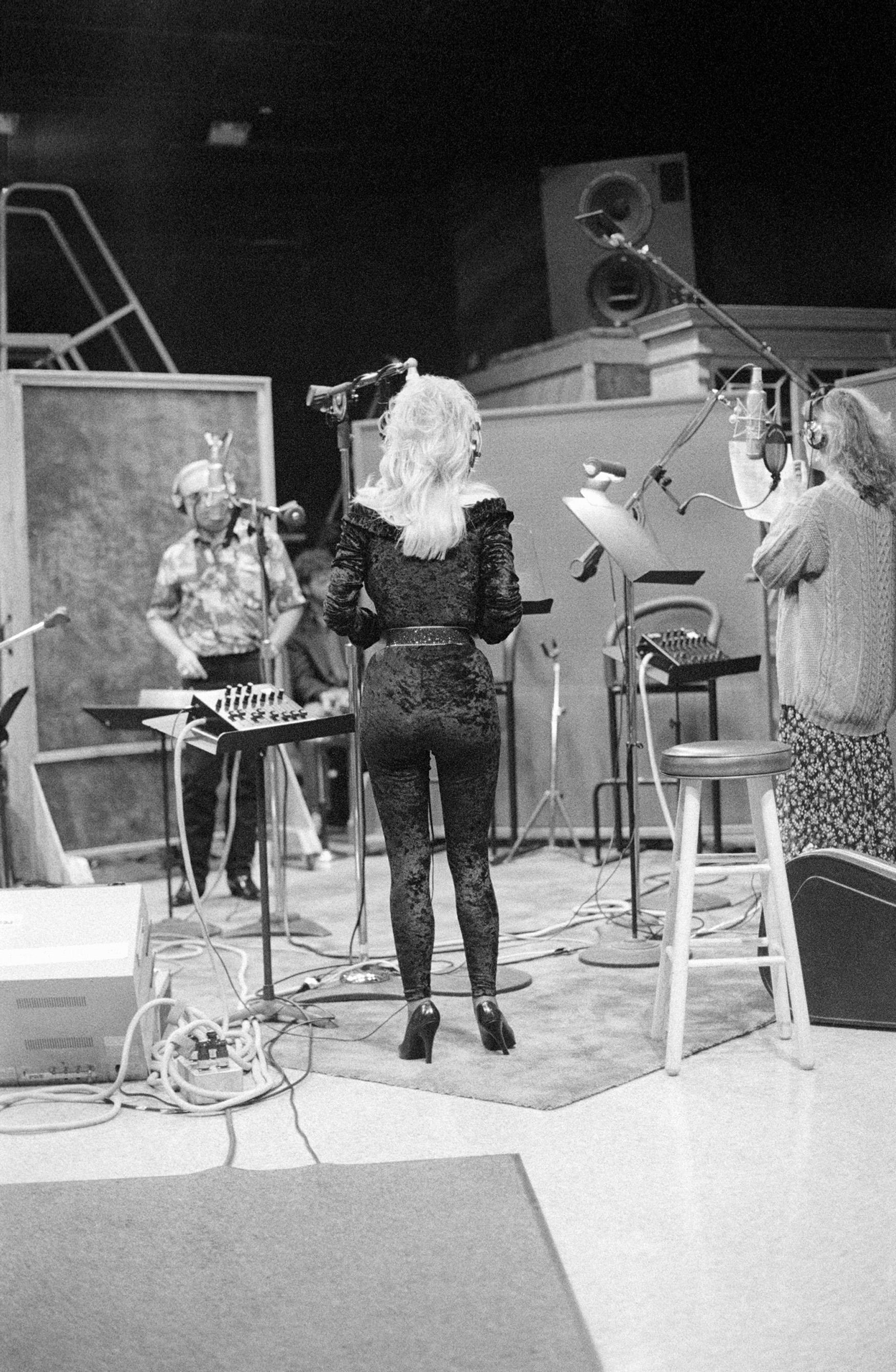 “Best seat in the house,” Stuart says with a laugh. © All photos by Marty Stuart By
Sarah Rodman
|